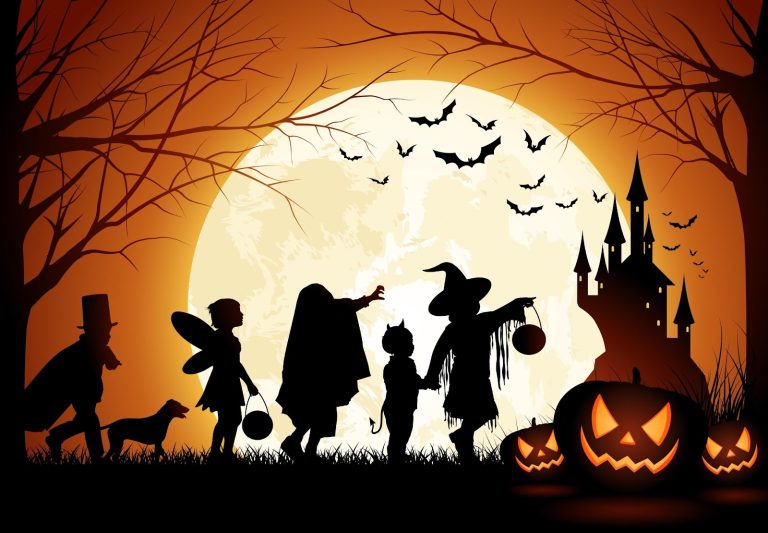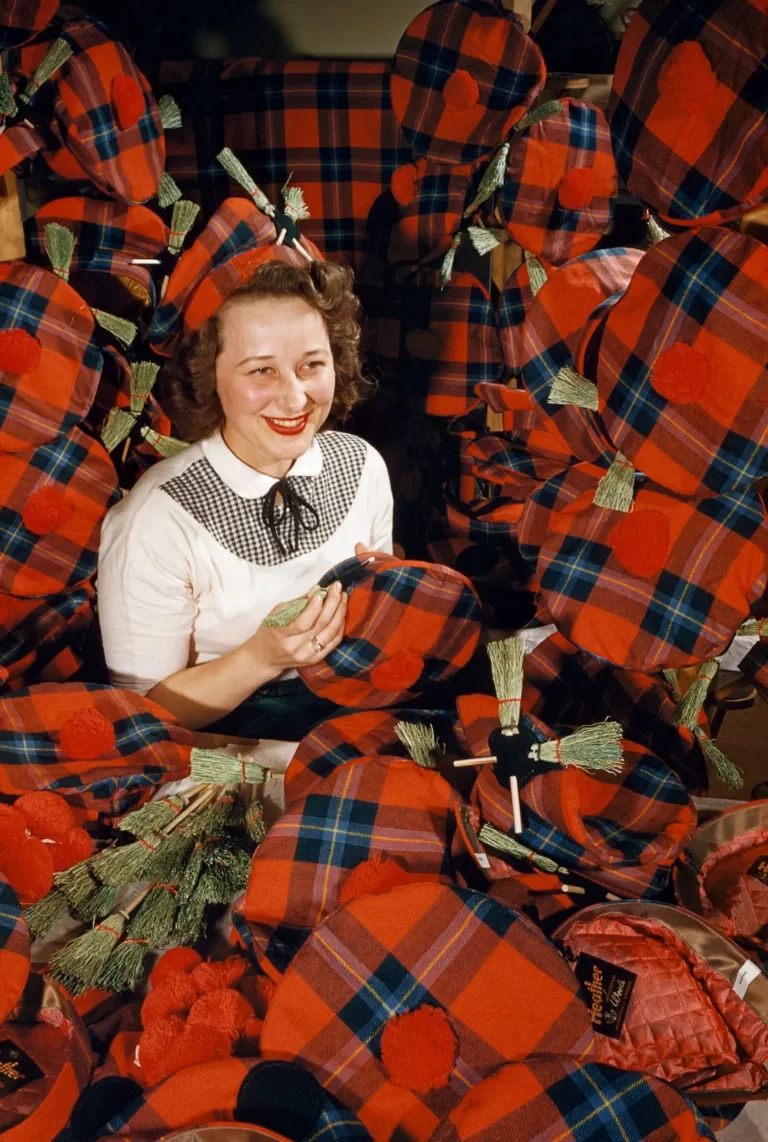A GUIDE TO SCOTTISH TARTANS

EDITOR’S NOTE: Thank you to Payton Miller, a Girl Scout from New Hampshire who, while working on a family heritage project, found this useful and interesting article and passed it on to Scots in New England. It is from LULUS clothing website – a company based in California (not in New England, but useful for our community 🙂
Here is one of several good websites to view tartans clan.com/tartan/browse
Tartan kilts are one of the first things that come to mind when people think of Scotland. These iconic patterns and skirt-like fashions have influenced clothing all over the world. There is a long history of the Celts of Scotland and Ireland donning checked and striped fabric, dating back more than a thousand years. Tartan kilts have been a symbol of rebellion against English imperialism. Tartan kilts were worn by Scottish soldiers in defiance until the British army was eventually forced to allow a kilt as a uniform article, creating the official military Black Watch tartan.
The styles of tartans we know today as colorful and intricate patterns that represent different clans and regions were actually popularized by Sir Walter Scott. When King George IV, the first reigning monarch to have visited Scotland in 170 years, arrived in
Edinburgh, novelist Scott arranged a tartan pageant for him. Even the king was given a tartan of his own. The tartan kilt became royal attire and high fashion.
Since Sir Walter Scott’s pageant, it’s become a Scottish tradition to wear a tartan that distinguishes your clan or district of origin. Most Scottish surnames can be connected to a specific region, and some can also be connected to an ancient clan. Different immigrant groups who have made their home in Scotland also have their own tartans. Today, Scottish tartans are traditional at weddings, with men wearing kilts and women wearing tartan sashes, and their influence has been seen in street wear all over the world and even influencing skirt styles in the world of high fashion.
TARTAN TERMS
- Ancient Tartan: An older, paler variant of a tartan, meant to look like the cloth has faded over time
- Dress Tartan: A variant of a tartan that features more white
- Field: The fabric’s base color that the stripes are set on
- Hunting Tartan: A tartan variant that features more green and blue, which would blend in better with the scenery during a hunt
- Modern Tartan: The standard color scheme and design for a tartan
- Pivot: The thinner stripes that some patterns include
- Warp: The vertical stripes on the fabric
- Weft: The horizontal stripes on the fabric
A GUIDE TO POPULAR TARTANS
These descriptions match the modern tartan for each clan and region listed. Please note that large clans may have many varieties of tartan, including ancient and hunting variants. Different regions of Scotland also have district tartans.
- Baird: The modern Baird tartan is on a blue field with green stripes and red and black pivots. The ancient pattern was similar but with less red.
- Balmoral: This gray plaid with black stripes and red and white pivots may only be worn by the royal family, as it was created specifically for them.
- Black Watch: This famous plaid has black and blue stripes on a green field with black pivots.
- Bruce: The Bruce pattern has black stripes on a red field with yellow and white pivots.
- Chinese Scottish: The tartan of the Chinese Scottish features blue stripes on a red field with green, yellow, and white pivots.
- Cunningham: The Cunningham tartan has a red field with black stripes and white pivots.
- Dalziel: The Dalziel tartan has a red field with black stripes and blue and white pivots.
- Douglas: Douglas plaid has a green field with purple stripes and white and blue pivots.
- Elliot: The Elliot pattern features a blue field with black and red pivots.
- Erskine: The Erskine plaid has a red field with black stripes and pivots.
- Fletcher: The Fletcher tartan is green with navy blue stripes and red and black pivots.
- Fraser: This clan’s plaid has green stripes and pivots on a red field.
- Gow: The Gow tartan has green and blue stripes over a red field.
- Hamilton: Hamilton tartan features black stripes and white pivots on a red field.
- Hay: The Hay plaid has green and black stripes over a red field with black and white pivots.
- Henderson: The Henderson plaid includes black stripes with yellow and white pivots on a green field.
- Irish National: The plaid for Irish nationals has yellow and white stripes on a green field with black and yellow pivots.
- Jacobite: This military plaid has thin blue and red stripes with white pivots.
- Johnstone: The Johnstone pattern has green stripes over a blue field with black and yellow pivots.
- Lennox: Lennox tartans have green and blue stripes on a red field with blue and white pivots.
- Leslie: The Leslie plaid has a deep green field and navy blue stripes crossed by red and white pivots.
- MacDonell/MacDonald: The plaid of the MacDonalds has a navy blue field with dark green stripes and red pivots.
- MacDougal: MacDougal tartans have black stripes with many black and white pivots over a red field.
- MacQuarrie: The MacQuarrie tartan has black stripes and pivots crossing a red field.
- MacLean: The MacLean pattern has blue stripes on a red field with white and yellow pivots.
- Malcolm: Malcolm tartans have a green field with black stripes and red and yellow pivots.
- Napier: The Napier plaid features a white field with blue stripes and black and white pivots.
- Pride of Wales: The Pride of Wales tartan has thick black stripes on a blue field with red and white pivots.
- Robertson: Robertson plaid places black and green stripes and pivots over a red field.
- Rose: The Rose tartan has a red field with black and white pivots.
- Royal Stewart: The Royal Stewart tartan is red with blue and green stripes and
- yellow and white pivots. This has traditionally been the official tartan of the royal family.
- Singh: The Singh plaid has green stripes with yellow, red, and white pivots on blue field.
- Wallace: The recognizable Wallace plaid has a red field with black stripes and
- black and yellow pivots.






